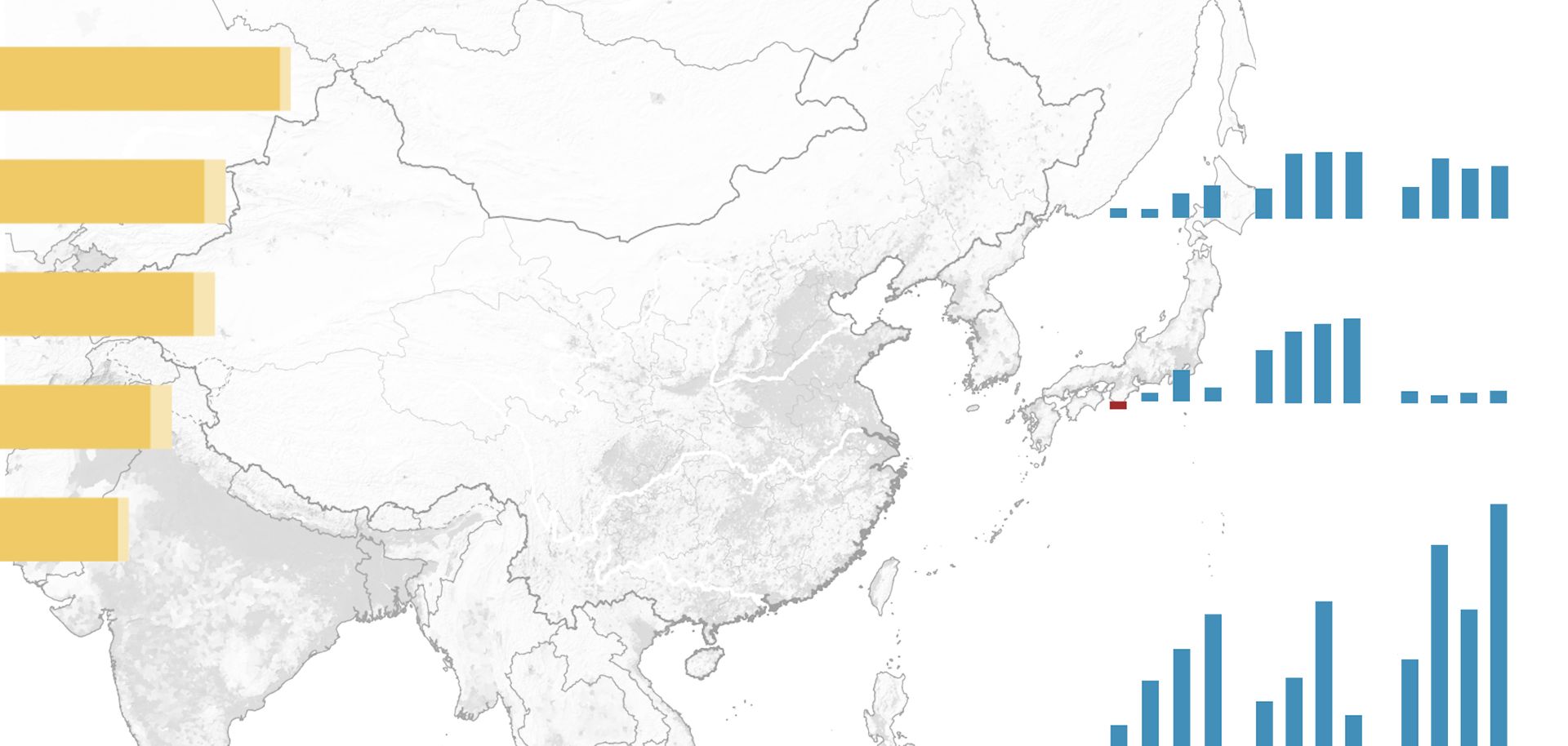
With the almost certain demise of the U.S.-led Trans-Pacific Partnership (TPP), the hunt for new trade opportunities has intensified for some Southeast Asian states. At the core of this search lies a simple goal: Southeast Asia is determined to maintain the momentum that has been building for decades behind the concept of free trade. For instance, since its inception, the Association of Southeast Asian Nations (ASEAN) has gradually worked to prioritize economic growth and integration among its members, most of which are counting on exports to fuel their development. To date, Southeast Asia remains one of the regions with the most free trade agreements in the world. Still, the organization's members tend to export similar products, such as raw materials and finished manufactured goods, limiting the amount of intraregional trade the bloc's free trade agreement can actually encourage. As a result, many ASEAN states with sturdier economic foundations have sought out trade deals beyond the confines of the bloc.
Their search has only intensified as TPP has fallen apart. Many of the pact's Asian members have begun to explore or fast-track bilateral trade opportunities with their fellow TPP signatories. Malaysia, for instance, has set its sights on signing free trade deals with the United States, Canada, Mexico and Peru, while Vietnam has turned its gaze to the United States and to regional trade blocs such as the European Union and the Eurasian Economic Union. Some countries haven't given up on the prospect of maintaining a close relationship with the United States; for instance, Japan and South Korea (which is not a TPP participant) have moved quickly to meet U.S. President Donald Trump's "America First" agenda by promising to invest in U.S. infrastructure and manufacturing while shifting their balances of trade in Washington's favor.
But building new bridges to the U.S. market will not be easy for some countries, especially considering Trump has made it a point to deprioritize trade with partners with large trade surpluses and low-cost manufacturing industries. This could complicate Thailand's attempts to resume its long-delayed free trade talks with the United States, which will doubtless include thorny details regarding automobile and agriculture trade, the protection of intellectual property, and customs regimes. Meanwhile, more advanced economies that already have free trade deals with the United States, such as Singapore and Australia, may see their existing agreements adjusted to include greater scrutiny on labor regulations and environmental standards. With the TPP's prospects looking dim, no country can ignore other proposals for East Asian free trade zones on the table. And unable to weather threats of Western protectionism or trade spats brewing between Washington and Beijing, many have little choice but to hedge their bets by searching for new and more reliable partners elsewhere.



